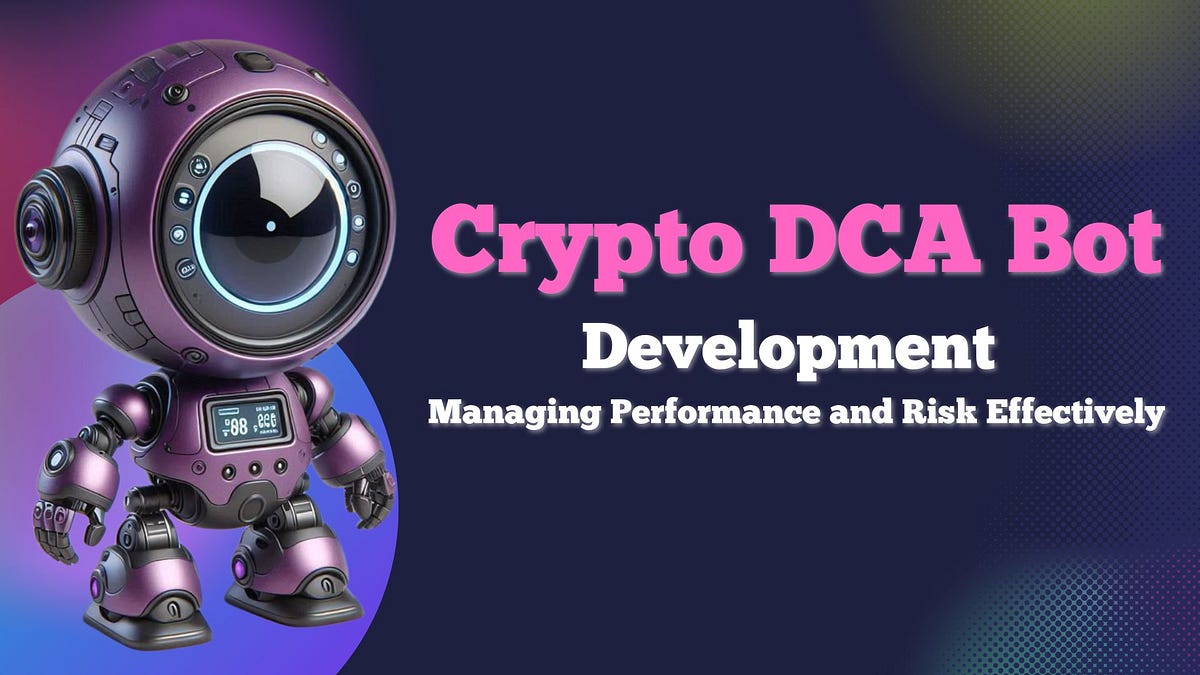I’m going to ruffle some feathers here, but it’s OK, I spend 10’s of hours a week on calls to other founders, aspiring founders, and projects who need help or advice. I started a channel years ago to answer questions to token investors en-masse and this article is aimed to do the same for founders. I hope it helps both founders and token holders understand a little bit better the space which we all love dearly, and the space that will never let any of us go once we enter it. Here are my 10 ‘truths’ that you need to know.
- Hype and narrative beat product almost every time.
Cardano, a blockchain platform, employs senior academic writers to build a decentralised internet vision through rigorous research and a phased roadmap (Byron to Voltaire), a slow but engaging process that sustains community interest for the foreseeable future. Meanwhile, FriendTech, a hyped Web3 social platform, launched a product that failed to draw users, causing its token to plummet to near-zero value and developers to relinquish control of its smart contracts in 2024, demonstrating that in Web3, lacking a massive audience at launch can be fatal.
Simple translation — Many projects delay and miss deadlines, which is a feature not a bug, because delivery without an audience could spell the end.
2. Raising money and raising value aren’t the same thing.
Raising money refers to securing capital, typically from investors like venture capitalists, which comes with strings attached and isn’t a free ride. They expect returns and in the web3 space, this is about whether you can get the token listed on Tier 1 exchanges and top influencers talking about the token. This puts more pressure on marketing than delivering a product of value.
Raising value is about building something inherently valuable and getting the people onboard who can help you do that. It’s less about cash injections and more about an organic process, community help, and advisors who want to see you build a sustainable business.
Simple translation — Money comes with strings attached that can cause you to focus on the wrong things in the web3 space.
3. You’re either building token value or a valuable product, pick one.
I can speak about this first hand. When you try and focus on a product people will love AND on making your token appealing to people, you are basically trying to run two different companies at the same time, with resources stretched and focus divided. It makes you less effective and more likely to fail at both. Let’s be realistic, most companies don’t need a token to accomplish what they want to. The utility angle is sometimes like fitting a square peg into a round hole and you don’t get a great token OR a great product. If you have a token, that is your product and your ‘other’ product can greatly harm your token.
Simple translation — Token price and demand require full-time focus, and so does product IF you’re serious about it being a sustainable business.
4. Very few token holders interact or care about your product.
A person who uses your product is looking for it to solve a problem, or it’s a better, faster, cheaper, or more accessible product to one they are already using. Early product feedback is critical for adapting, changing, designing, and making your offering more appealing and robust. Getting feedback from people who have never used the product can pollute your data.
Tokens as a general rule, don’t solve problems, they often end up causing them. People who buy tokens are looking to solve the problem of needing more money. The people who hold your tokens will offer advice and feedback on where you should be listed, how you can market the token better, to actually STOP spending on building a product.
Simple translation — Understand where your product feedback is coming from and understand if you have a token, that is your product as far as the masses are concerned.
5. Most data is fake or greatly exaggerated.
I often hear people say ‘I wish I could get their type of traction or adoption’ or ‘how did they get on Binance, our product is better?’. Binance doesn’t list products, they list tokens, and only the ones they can make trading fees on. Again, your token is your product if you have one. And if your ‘other’ product doesn’t attract users, it can hurt your main product, your token.
I often see trading volumes, fueled by rinsing and wash-trading and tokens propped up by the chains themselves, with other founders not having the same means, connections, or capacity to play the same game. Most don’t want to either, but that is the space they are involved in. Just as is the case with most things in life, it’s all about who you know.
Simple translation — Most trading volume data and user data are greatly embellished and are often dictated by the ever-changing requirements of Tier 1 exchanges for listing.
6. Alt seasons are for praises and bear markets are for death threats.
It’s an interesting conundrum, as you are largely dealing with non-accredited investors who are ‘speculating’ on your token. When money is involved, so too are emotions. Price goes up, people are happy, the price goes down, people aren’t. Inside a project, it’s easy to question why, as your product might be solid or gaining traction, but I can’t emphasise enough, they are almost always not linked.
You need to have thick skin in this space and I have seen many people crumble, from high-profile celebrities to decent people who come full of optimism and leave broken shells of their former selves. It is an unrelenting space and death threats, or heated insults and promises of violence are commonplace. If you thrive on a challenge and don’t take things personally then you might just have a fighting chance.
Simple translation — You need thick skin and to take everything in your stride. Focus on your role and your vision and not on people who are unhinged, as they are a problem you can’t solve.
7. The rise of bots in influencer marketing.
It used to be so simple. You’d pay a person with reach to talk about your token and project and they would. Nowadays the influencers run in circles and are managed by intermediaries who can effectively add a layer between your money and their pocket, which clouds things. You never know who is getting what.
The rise of bots has made things more complicated because many of these management firms have built botted influencer accounts, that they then sell to you with a promised number of likes, retweets, and engagement. This is often manufactured and has no real reach or impact on token price which is why people pay for the influencers in the first place.
Simple translation — Its getting very hard to get effective spend value on influencer marketing in the web3 space.
8. The founder’s dilemma.
The web3 space is not like the web2 space. In the traditional web2 space you wait for a trade sale, an IPO, or similar exit event. In the web3 space, your value is derived for the most part from the token. Some founders make their money very early on in the piece, especially during a bull market, and then don’t have the will or conviction to continue to build and deliver during a bear market.
I have had hundreds of conversations with founders about this where the dilemma is whether they should raise more money to build an actual product, (or spend it on marketing), or put in their own money to continue building (this is the route we took), or just leave for the Bahamas and never deliver anything of value.
Simple translation — Founders often quit because they get their payday earlier than in traditional businesses and very few stick around to deliver on their promises.
9. Bear markets are for building and bull markets are for marketing.
Some projects employ a hybrid model where they build during bear markets and then switch to token marketing in the bull market. It makes things a little confusing for the team members and staff of the projects, but many use the bull runs to refresh their company funds to continue to build towards a sustainable product with real customers and real revenue.
Others either open-up the build-out by relinquishing the contract control, which often comes as a result of a lack of confidence in the product or not knowing how to grow and scale, or splitting out the token and the tech, to focus on both things with a laser but separate focus. Ripple Labs and XRP come to mind when thinking about this model.
Simple translation — Bear markets are for focusing on building value and a sustainable business and bull markets are about marketing and hype.
10. You wouldn’t wish a start-up on your worst enemy.
A lifelong friend and advisor once told me this and I have never forgotten it. A start-up in web3 is even harder than a traditional start-up and is confusing for people coming across for all the reasons I mentioned above. Some rules don’t apply here, some don’t work and most importantly, some don’t matter here.
Most ‘products’ in this space aren’t better than traditional products yet and the ones that have the most traction are those that you can use to make more money in this space, like launchpads, DEXs, trading, and analytics platforms. I for one, look forward to the day when we see some real products grow at scale that solve real-world problems that also have a token attached. We aren’t there yet.
Simple translation — Understand what you are getting into, and make sure you do whatever you’re doing with 100% focus and passion.

 4 days ago
25
4 days ago
25







 English (US) ·
English (US) ·